Search Results
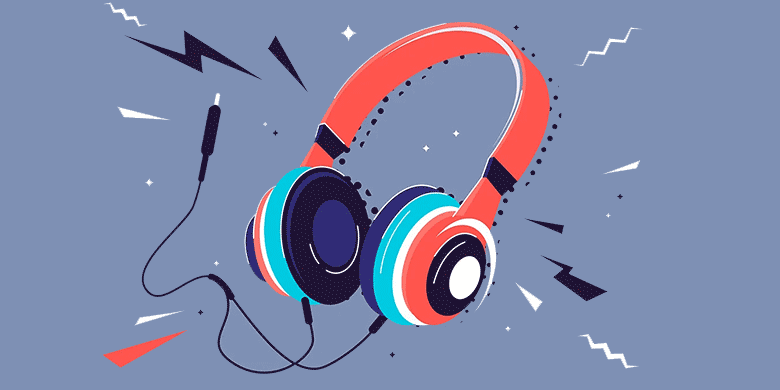
21 March, 2024
Choosing the Right Pair of Promotional Headphones for Your Audience
When it comes to promotional items that leave a lasting impression, headphones are a top contender. Not only are they functional and frequently used, but they also offer a wide array of customisation options to better align with your brand's identity. However, selecting the perfect pair of promotional headphones requires some technical know-how, an understanding of your audience's needs, and an awareness of budget constraints. This guide aims to provide you with the necessary information to make an informed decision.
Types of Headphones
Before diving into technical details, it's crucial to be familiar with the types of headphones available.
1) In-Ear Headphones
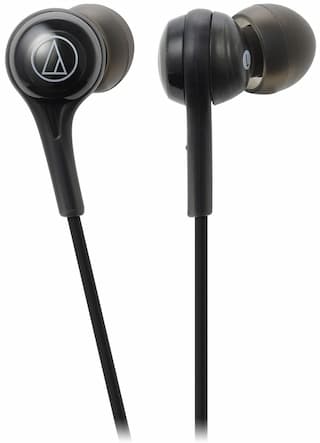
Advantages:
- Portable: In-ear headphones are incredibly lightweight and can easily fit into a pocket or small bag. Their portability makes them a top choice for those who are always on the move.
- Discreet: Their small size makes them less visible compared to other styles of headphones. This makes them a good option for people who prefer a less conspicuous look.
- Good for Sports and Active Use: They often come with secure-fit options like ear hooks or wingtips, making them ideal for sports and other physical activities.
Disdvantages:
- Generally Lower Sound Quality: Due to their small size, they usually have smaller drivers and therefore may not offer the deep bass or rich sound profile that larger headphones can provide.
- May be Uncomfortable for Extended Wear: Some people find them irritating if worn for prolonged periods, which could be a downside if comfort is a priority.
Best for:
- Fitness Brands: Given their suitability for active use, fitness brands can effectively target gym-goers or runners.
- Youth-Focused Companies: Their discreet nature and portability make them popular among younger demographics.
2) On-Ear Headphones
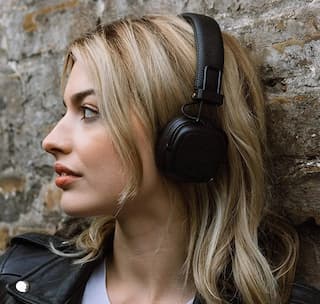
Advantages:
- Balanced Sound Quality: They generally offer a more balanced sound profile compared to in-ears, including better bass response and clearer highs.
- More Comfortable than In-Ear Types: The ear pads cushioning provides better comfort than the often intrusive feeling of in-ears.
Disadvantages:
- Less Portable: While they are smaller than over-ear models, they are still bulkier than in-ears, making them less ideal for travel.
- Can Cause Ear Fatigue: Despite their comfort, the pressure exerted on the ears can lead to fatigue after extended use.
Best for:
- Lifestyle Brands: They are well-suited for casual listening and fit well into a laid-back, fashionable lifestyle.
- Companies Targeting Professionals: Their balanced sound profile suits those who might use headphones for music and video conferencing.
3) Over-Ear Headphones
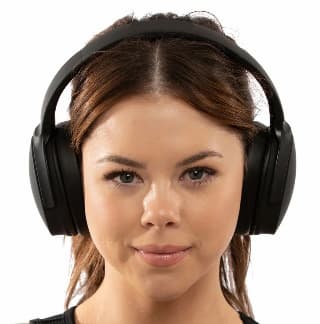
Advantages:
- Best Sound Quality: With larger drivers and more room for acoustic design, these typically offer the best sound experience, including deep bass and clear, detailed highs.
- Very Comfortable for Long Listening Sessions: The ear cups enclose the ears entirely, offering superior comfort and reducing ear fatigue.
Disadvantages:
- Bulky: Their size makes them the least portable option among the three types. They often require a dedicated carrying case, making them less convenient for on-the-go use.
- Not Easily Portable: Their bulk makes them less than ideal for situations where portability is a priority.
Best for:
- Premium Brands: The high-quality sound and build make them suitable for companies aiming to offer premium gifts or promotional items.
- Tech Companies: Given their advanced features like superior sound quality and optional noise cancellation, they fit well into a tech-savvy lifestyle.
Technical Specifications
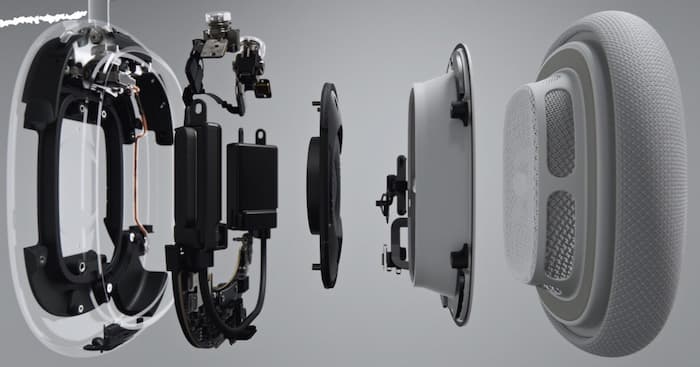
Understanding the technical aspects can help you make a more informed choice. Here are some key specs to consider:
1) Frequency Range
What it is: The frequency range denotes the range of sound that the headphones can produce. It is usually measured in Hertz (Hz).
What to look for: For capturing all audible frequencies, aim for headphones with a wide frequency range, generally between 20 to 20,000 Hz.
Comparison:
- In-Ear Headphones: Usually have a narrower frequency range compared to on-ear or over-ear types.
- On-Ear Headphones: Often offer a balanced frequency range, suitable for various kinds of audio.
- Over-Ear Headphones: Typically have the widest frequency range, capturing more detail in both the high and low ends of the spectrum.
2) Impedance
What it is: Impedance, measured in ohms (O), indicates the level of electrical resistance the headphones offer.
What to look for: Lower impedance (around 16-32 O) is ideal for mobile devices, while higher impedance is better suited for professional audio equipment.
Comparison:
- In-Ear Headphones: Generally have lower impedance and are more suitable for mobile devices.
- On-Ear Headphones: Offer a middle-ground, suitable for both mobile devices and some audio equipment.
- Over-Ear Headphones: Often have higher impedance, making them more suitable for professional or home audio setups.
3) Sensitivity
What it is: Sensitivity measures how loud the headphones can get and is usually denoted in decibels (dB).
What to look for: Anything over 100 dB is generally considered sufficient, but caution should be exercised to avoid promoting unsafe listening levels.
Comparison:
- In-Ear Headphones: Typically have higher sensitivity, which allows for louder volumes but can be a risk for hearing damage.
- On-Ear Headphones: Offer a balanced sensitivity level suitable for various listening conditions.
- Over-Ear Headphones: May have a lower sensitivity but offer a richer sound profile that doesn't require high volumes for a good experience.
4) Drivers
What it is: Drivers are the components within the headphones that produce sound.
What to look for: Generally, larger drivers result in better sound quality. However, the material and construction of the drivers also play a significant role.
Comparison:
- In-Ear Headphones: Usually have smaller drivers due to their compact size, resulting in lesser bass and reduced audio fidelity.
- On-Ear Headphones: Medium-sized drivers offer a good compromise between sound quality and portability.
- Over-Ear Headphones: Typically have the largest drivers, leading to the best sound quality across frequencies.
5) Noise Cancellation
What it is: Noise cancellation technology can either be active, which uses power to cancel out external noise, or passive, which blocks out noise through the headphone's physical design.
What to look for: For premium gifts, consider headphones with active noise cancellation. For more budget-friendly options, passive noise isolation can suffice.
Comparison:
- In-Ear Headphones: Usually offer passive noise isolation by sealing the ear canal.
- On-Ear Headphones: Some models offer active noise cancellation, but most rely on passive noise isolation.
- Over-Ear Headphones: Most likely to offer high-quality active noise cancellation, making them ideal for premium branding and promotions.
Understanding these technical specifications will help you make a more informed decision on which type of headphones are best suited for your promotional needs.
Customisation and Branding

1) Logo Placement
What it is: Logo placement involves positioning your company's logo on the headphones to maximise brand visibility without being too obtrusive.
What to Consider: The location of the logo should be strategically chosen so that it's visible when the headphones are in use. Still, it shouldn't detract from the product's overall aesthetics.
Comparison Between Headphone Types:
- In-Ear Headphones: Due to their smaller size, logo placement options may be limited to earbuds or inline controls.
- On-Ear Headphones: The headband or the exterior of the ear cups can be used for branding, providing a larger surface area for branding.
- Over-Ear Headphones: These offer the most space for branding, allowing for potentially larger or more intricate logo designs on the ear cups or headband.
2) Colour Themes
What it is: This involves selecting colours for various components of the headphones, such as the ear cups, headband, and cables, that align with your brand's identity.
What to Consider: The choice of colours should be consistent with your brand's theme to enhance brand recall. You may also want to consider whether the colours will appeal to your target audience.
Customisable Parts:
- Ear Cups: These are often the most visible part of the headphones and offer a good surface area for custom colours.
- Headband: Another highly visible component that can be customised to match your brand's colours.
- Cables: For wired headphones, the cable itself can also be a canvas for your brand's colours.
Comparison Between Headphone Types:
- In-Ear Headphones: Limited colour customisation options, usually just the earbuds and possibly the cables.
- On-Ear Headphones: Greater flexibility with colour customisation, especially with the headband and ear cups.
- Over-Ear Headphones: Offer the most comprehensive customisation options, including the ear cups, headband, and even the stitching, for a fully integrated branding experience.
Customisation and branding are vital aspects to consider when selecting promotional headphones. By paying attention to details like logo placement and colour themes, you can create a promotional item that serves its function and effectively represents your brand.
Summary
Choosing the right pair of promotional headphones for your audience involves balancing technical specifications, customisation options, and budget constraints. By taking a comprehensive approach, you can select headphones that amplify your brand and offer your audience genuine value.
The PromotionsOnly Team

